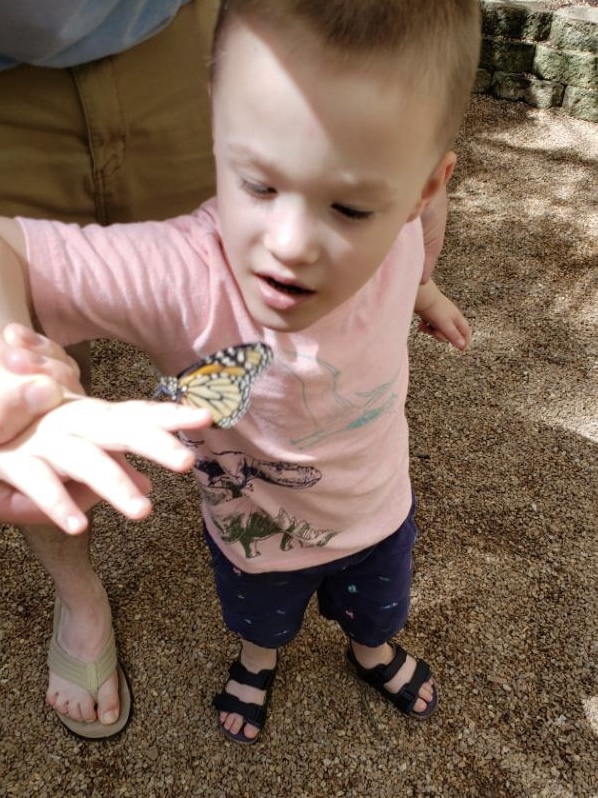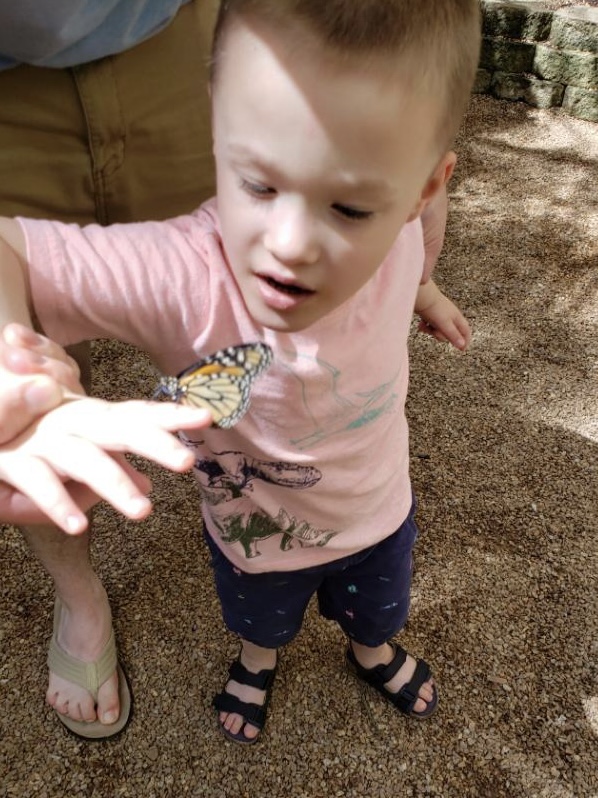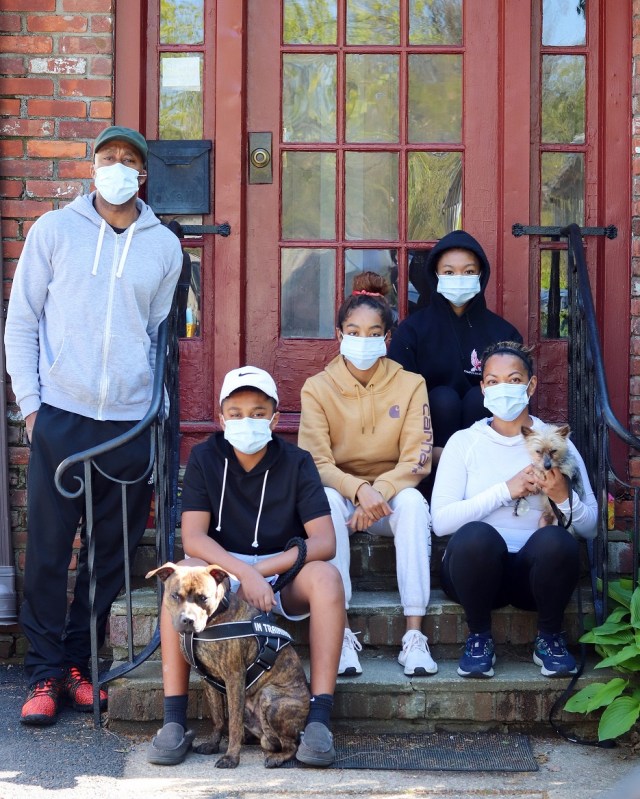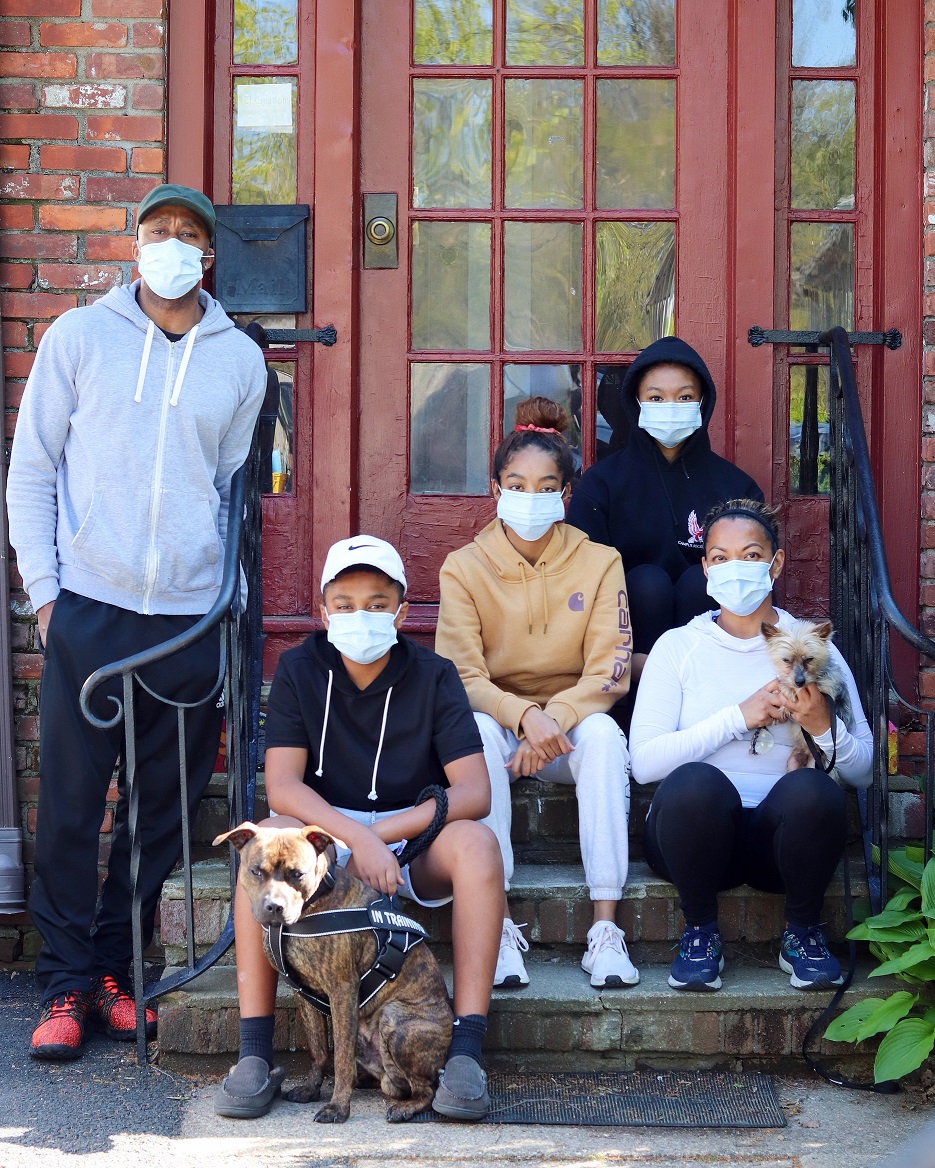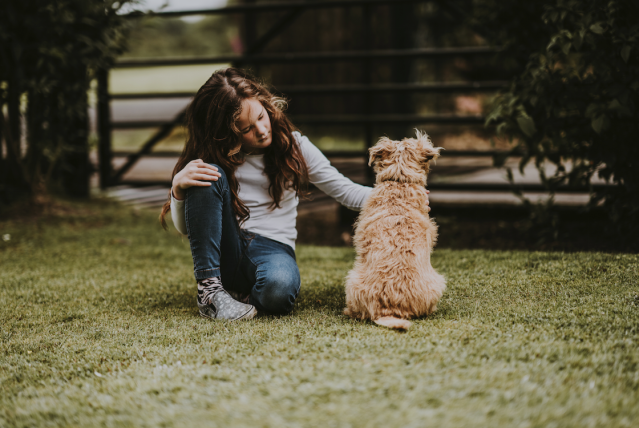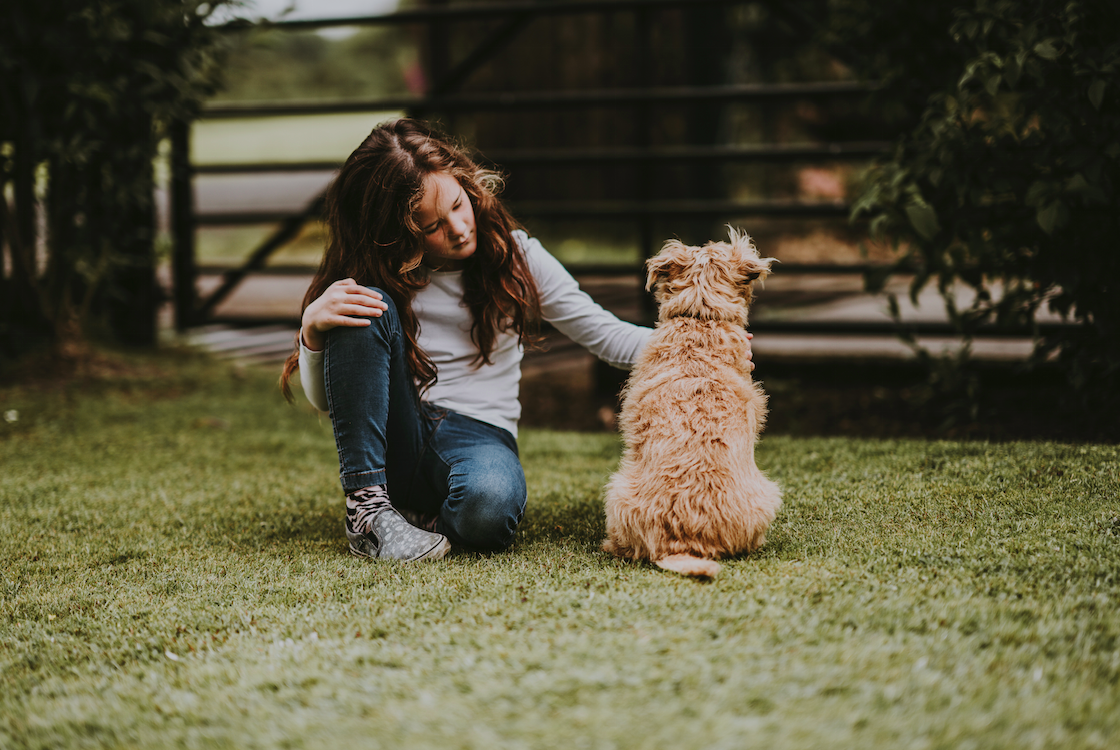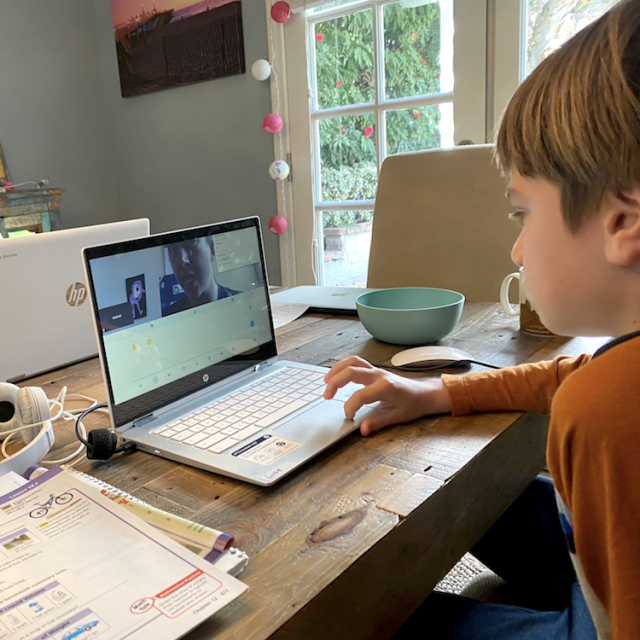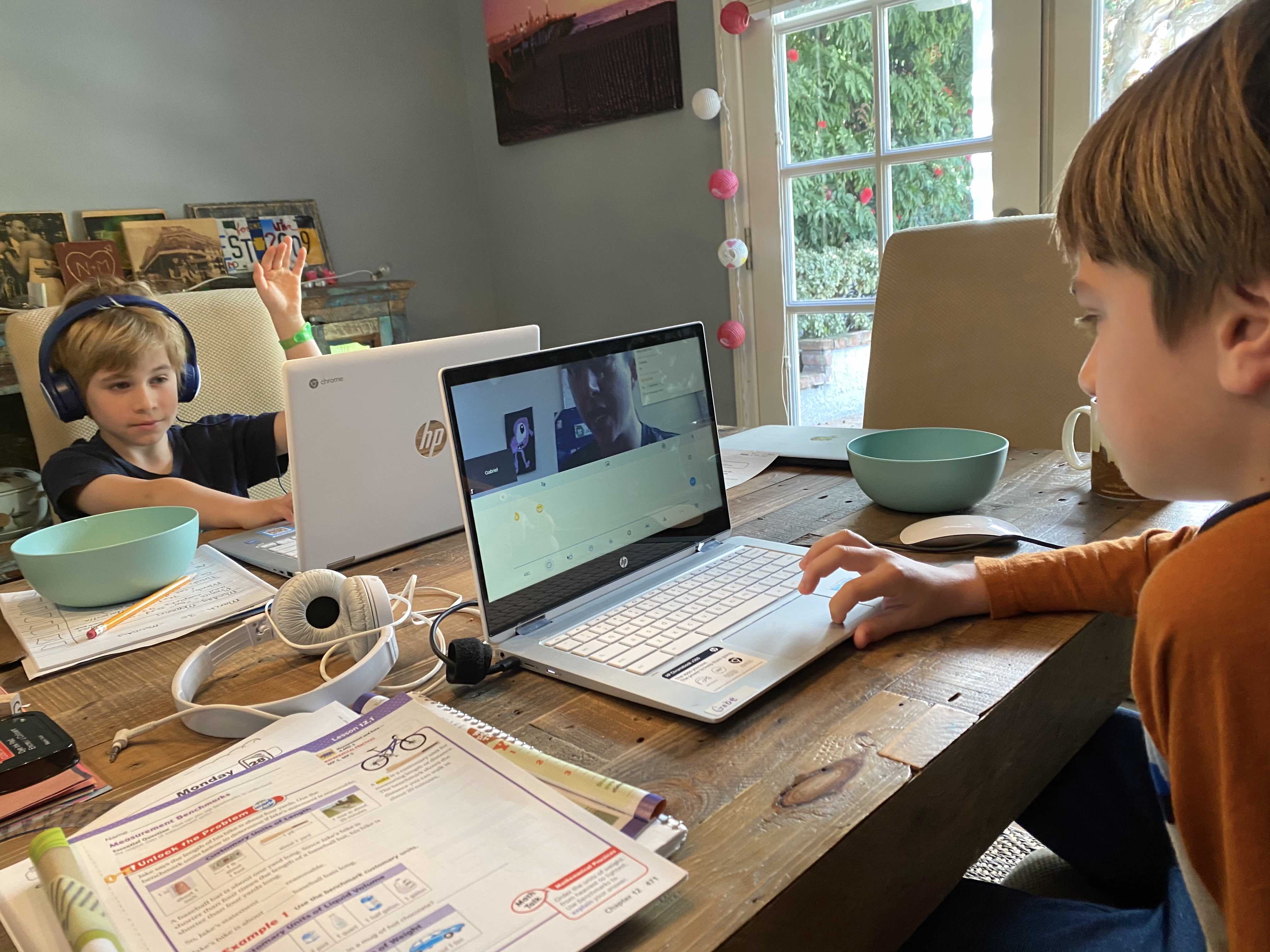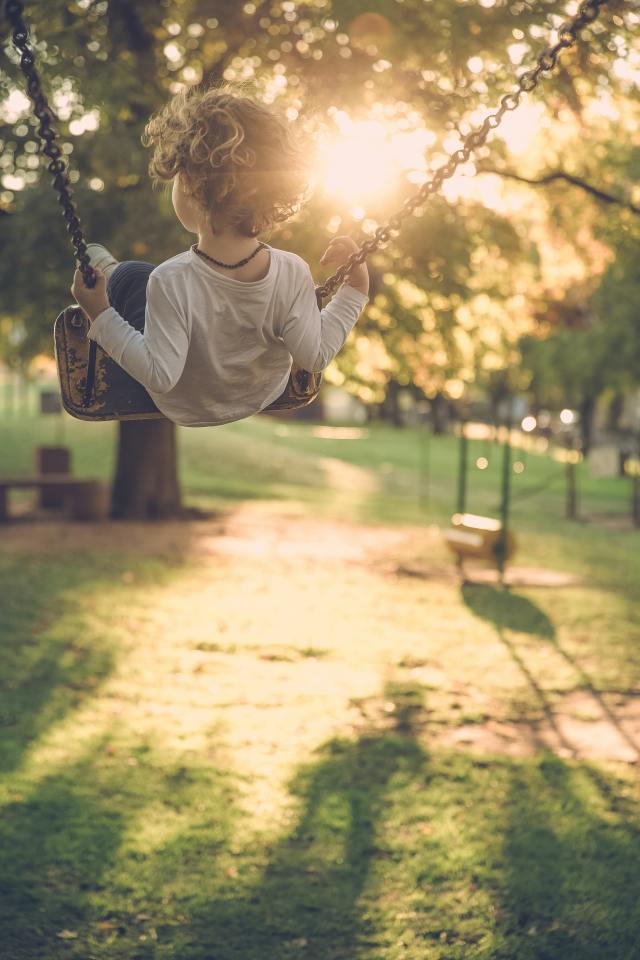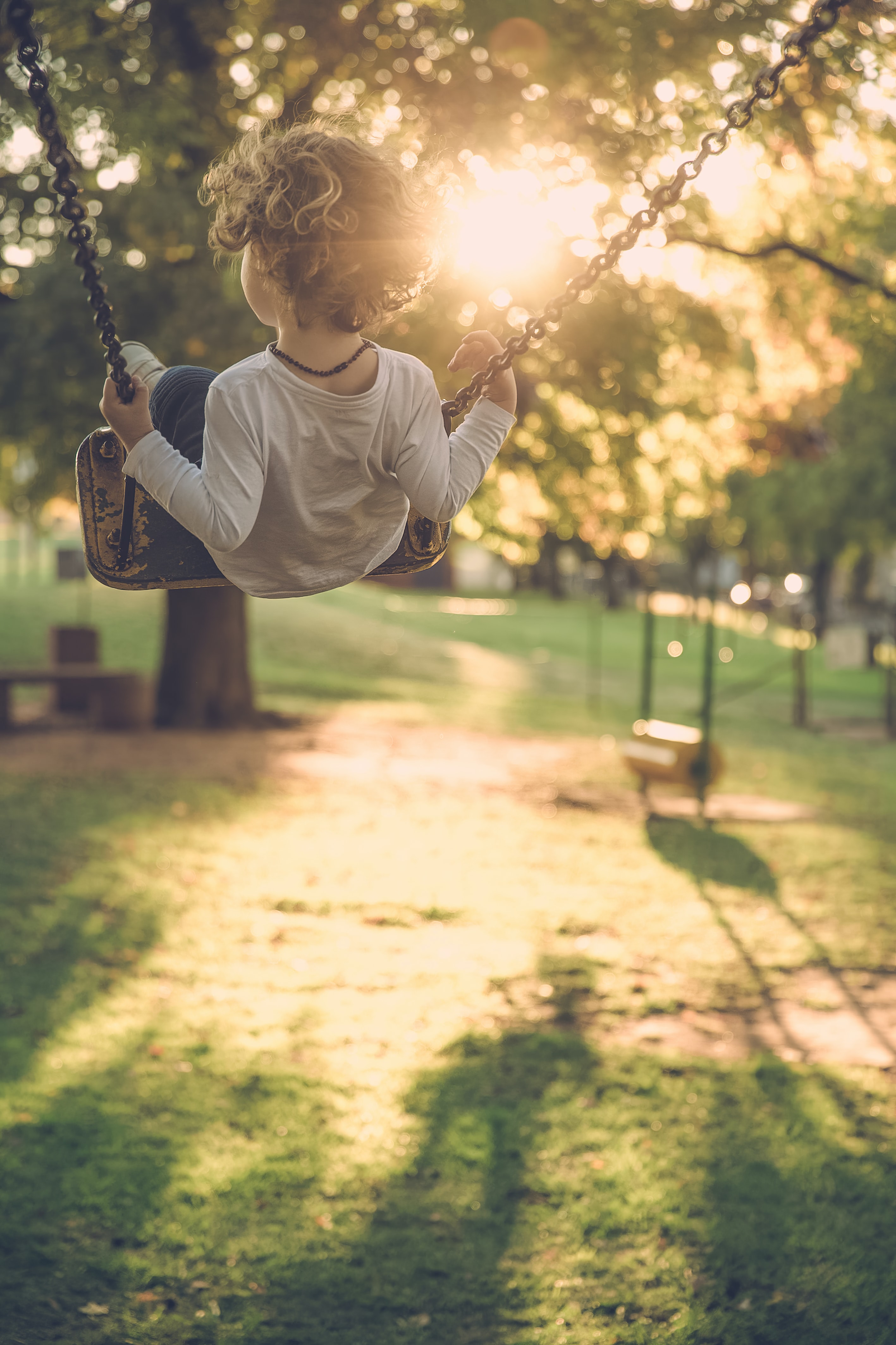
It finally hit me, standing in Costco’s cooler aisle holding a giant container of cranberry jalapeno cream cheese. The creamy pink dip looked delicious, as all king-sized dips at Costco do. I pictured it in a festive bowl surrounded by various crackers, perfect for a holiday party. I could practically taste it as I lowered it into my cart. Then I froze, turned slowly, and put it back on the shelf. There will be no holiday parties this year. There will be no meat trays and cracker plates. There will be no Christmas as I have known Christmas to be my whole life. My family alone can’t eat an entire vat of spicy cream cheese, so there is no reason to bring it home. My heart breaks at the realization, and I watch it crumble into a million little pieces right there on the cement floor.
I push my cart away, a cloak of sorrow surrounding me as I go to find the massive bags of coffee, those I can inhale on my own. I throw two in my cart with a thud, wondering if anyone else around me is swallowing the same lump of grief. I couldn’t bring myself to look, though, fearing a scene out of a zombie movie, pale, lifeless, broken spirits slogging through the store. I checked out with nothing fancy or festive, no special treats or savory snacks for gatherings this year—boxes of orange chicken and bags of coffee the bulk of my purchase. Head down, choking back tears, I slip out the sliding glass doors.
I knew Christmas would be different this year, expected to pair down the celebrations. However, the impact of the reality hadn’t fully sunk in yet. When it did, it hurt like hell. I miss my friends. I miss my family. December usually consists of special brunches and cookie decorating days, gift exchange dinners, and holiday book club nights. I can live without all of that, but I never imagined I wouldn’t be with my extended family on Christmas. Alas, the coronavirus looms too large a threat for some high-risk members. Since my husband and I don’t want to make this one the last one with our parents and grandparents, we had to make some hard choices. My rebel self is screaming, do it anyway, don’t let that virus hold you back. You have to live your life. Everything will be fine. The community-minded part of me whispers, you have to think of others. It’s better to be safe than sorry. The third part of me, the scared part, imagines someone dying because it’s too hard to go without our traditions.
It is truly the most wonderful time of the year when we get to snuggle in living rooms sparkling with Christmas lights and shiny ornaments. I love watching the kids’ eyes light up as they unwrap presents and sneak candy canes under the tree. Sometimes I think I might die without these moments. I vacillate between anger and rage and sorrow and anger again. I force myself to think positive. To find the alternative joys of the season and reach beyond myself. It’s hard, requiring every ounce of grace in my bones, grace I have to summon from God to see the proverbial forest through the trees. This Christmas is going to hurt, but hold on. If we make it through, we’ll have many more Christmases to come.
The thing is, Christmas started with a little family all alone in a manger. Cast aside, afraid, nowhere to go, they hunkered down together in a stable, the animals their only company. The Holy Family welcomed Jesus into the world without cranberry jalapeno cream cheese. Without cooked ham or a fancy spread. He entered the world with nothing, the King of kings. Our savior. We give gifts on Christmas in the symbolism of gifts given to Jesus by The Three Wise Men. We see the wise men in pictures and hear of them in stories standing beside baby Jesus in the manger, presenting him with gold frankincense and myrrh. But the truth is that The Three Wise Men were not in the stable with Jesus at His birth. Biblical accounts portray their travel as taking several months at least, possibly even years.
So here’s what I’m thinking; maybe this Christmas we are like the wise men. We can’t be with the ones we love because we are still walking this long journey through a dry, lonely desert. We won’t get to the end exactly when we want. We won’t celebrate together on the specific day of Jesus’s birth, but we know the wait will be worth the time and trouble once we finally arrive. This year, we have to be strong and patient, trusting that the star of Bethlehem will light our paths, that God will show us the way. We will celebrate everything, have everything we want and need in time, and it will be wonderful. Our job is just to keep going, to focus on our blessings no matter how small they may seem, and find gratitude in the little things that hold us tight.
Christmas won’t look the same this year, likely mixed with grief and loss, sorrow and fear. Loneliness may linger in our hearts for the missing celebrations and distance between family and friends. But Jesus is with us always. And Christmas in July could be just as good. Maybe even better.







